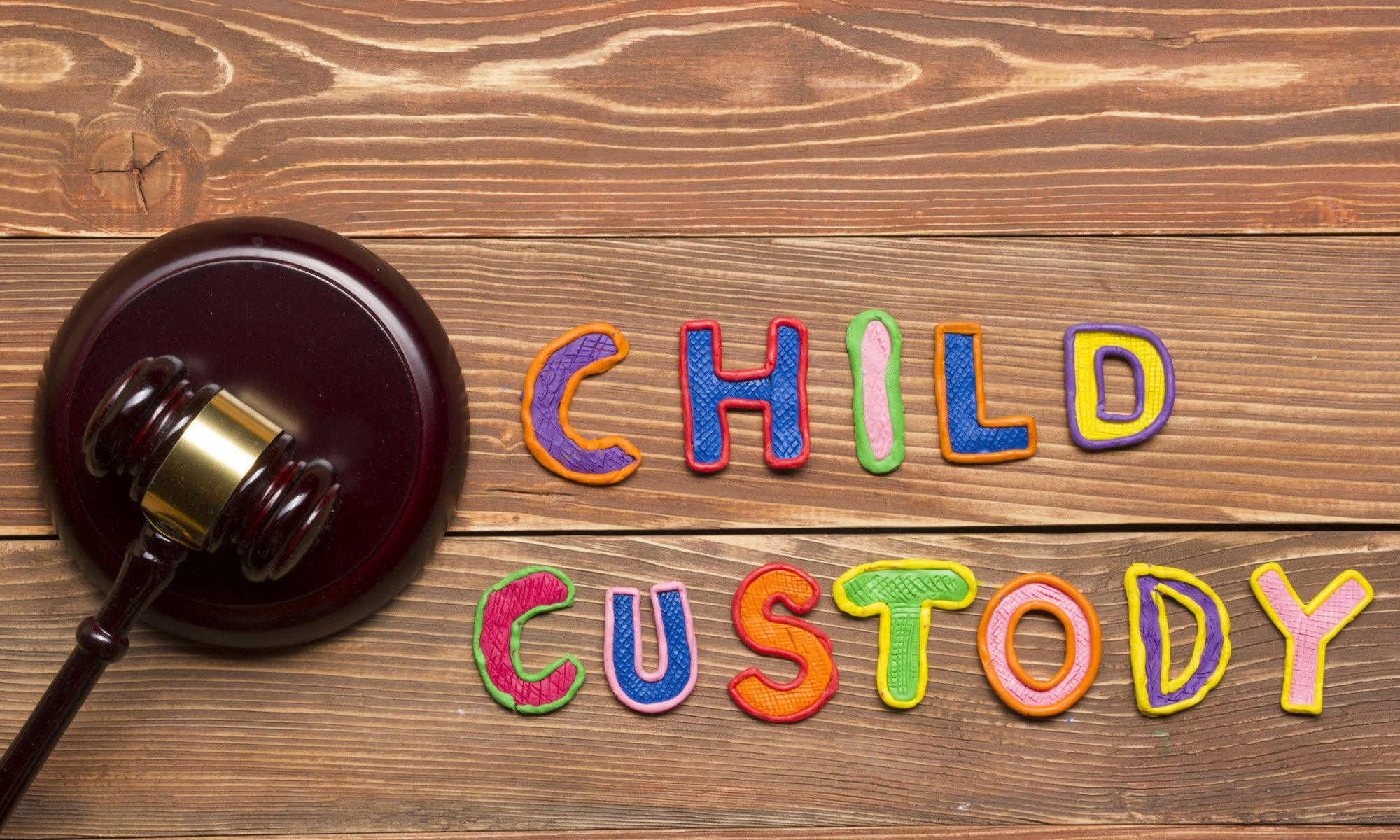Children are expensive. A middle-income family can expect to spend 12,980 dollars every year per child in their household. Expenses increase as a child ages, with families spending 900 dollars more per year on teenagers.
These costs don’t go away when parents separate. Both must contribute so that all of their child’s needs are met.
But finding a solution for shared expenses is difficult. Many people don’t want to talk to their ex about anything, let alone money. Others don’t know what to do after having a talk.
Start with the basics, then work your way to developing a nuanced and comprehensive parenting plan. Here is your guide.
Discuss Shared Expenses With Your Co-Parent
After a separation, you may not want to talk to your ex. Give yourself time to think things over and get your feelings out of yourself. Rebuild some confidence in yourself and talk to the people you love, including your child.
But you need to have a conversation with them about finances. As soon as you’re ready, contact your ex and ask to meet with them. You can bring lawyers or friends if you want.
Both of you should break down all of your child’s expenses, including for emergencies. Then you should decide how each of you will pay toward the expenses.
You don’t have to decide all of this in one meeting. You should have a general understanding of what you will pay, then you should go to a financial advisor. You should then follow up with your co-parent over what to do next.
Keep in mind that your financial picture may change. Both of you should have an understanding of what you will pay, yet both of you should be flexible.
You do not have to split things 50-50. If one of you makes more money than the other, that parent can chip in more money.
If you make such an arrangement, you should not tell your child that. They may think that the parent who pays more loves them more. Do not tell your child what is happening behind the scenes, though you should contact them every day.
Try to have separate conversations about child custody and other arrangements. Talking about everything over one day can be exhausting and can lead to arguments. You should bear in mind that you can split payments while not splitting custody.
Write an Agreement
Once both of you have settled terms, you need to write a formal agreement. Your agreement does not have to be long, but it should be clear.
Write out what your child’s current expenses are. Then provide thorough details on how each of you will pay toward them. Specify your payment methods and the amounts each of you will pay.
Touch upon what will happen if one of you cannot make a payment. You should also address what would happen if your child gets into an emergency. Clarify how you will pay for medical expenses and additional support.
Your discussion of shared expenses can go inside a larger parenting agreement. You can also write a separate document to deal with custody and visitation.
When you’ve written your agreement out, send copies to your lawyer and financial advisor to review. If one lawyer disagrees with some language, have a conversation about that disagreement. Do not edit the document on your own initiative, as this will cause distrust with your co-parent.
Deal With Child Support
If you establish a thorough agreement with your co-parent, you do not need to engage in a formal child support process. But if you cannot, you can head to the courts to deal with child support. This is a good option for people who were in an abusive or acrimonious relationship with the other co-parent.
There are several models you can use to calculate payments. The income shares model divides expenses based on the parents’ combined incomes. If one co-parent earns two-thirds of their combined incomes, then they will pay two-thirds of expenses.
Child support generally covers necessities like housing and food. Your arrangement may not cover additional expenses like electronics. Try talking with your co-parent about how you will provide for these things.
Remain In Contact
You do not have to touch base with your co-parent every day. But you should keep a line of communication open in case either of you needs to adjust a payment.
If you can’t meet a payment one month, you should notify your co-parent in advance. Tell them how you plan on covering your end of the expenses. Apologize and take action to ensure that that won’t happen again.
If you or your child gets into an emergency, you should tell your co-parent as soon as possible. Do not let them find out from someone else. Even if they do not have custody, they should know since it impacts their payments and relationship with their child.
If you are not comfortable talking with your co-parent directly, you can use an intermediary. Consider using a mutual friend instead of a lawyer. Do not use your child to send messages to your co-parent.
You may want to make edits to your original parenting plan. This is fine.
Talk over what edits you want to make and make sure your ex is happy with them. Then make the edits as soon as possible. If you don’t put the new terms into writing, a court may not accept them.
Handle School Expenses
If there is one area you should focus on, it is schooling. Many people think that schooling is an insignificant expense because public schooling is free. But it is more expensive and complicated than it seems.
While the schooling itself may be free, extracurriculars may not. Athletes are expected to buy their own equipment. Robotics and public speaking tournaments have registration fees.
Your child will need binders, paper, and pens to write with. As they get older, they will need a laptop and cell phone.
During the summers, your child may go to summer camp. They may go on a vacation. These activities can cost thousands of dollars, especially if they do them summer after summer.
If your child is young, you do not need a formalized plan to cover these payments. But you should have one before they enter extracurriculars, especially at the middle school level.
You should protect your child’s college funds. Specify how each of you will contribute toward them in your parenting agreement. If you are concerned that the money will be misused, you can request a judge to keep your co-parent from accessing the account.
Remember that tuition is not the only expense for college. You need to cover moving and living expenses, especially if your child goes out of state. Figure out arrangements for those as well.
How to Save Money
You can save money while co-parenting. Nesting allows the two of you to pool housing money together.
Most custody models involve the co-parents living in separate houses and the child alternating between them. The co-parent who leaves often buys a duplicate set of belongings for their child so they feel comfortable.
In nesting, the child stays in one house and the parents swap out. This minimizes disruption for the child and prevents having to buy new belongings for them.
If money is tight, both co-parents can remain in the house but in separate rooms. There are no moving expenses in this option. This is only good for co-parents who separate on amicable terms.
Many parents compensate for the disruption by buying their child gifts. Expensive children’s toys may provide momentary relief, but the added expenses will come back to bite you.
Share experiences with your child rather than things. Take them on a walk in a local park. Invite their friends to come over and play a game with them.
There is little reason to buy expensive children’s furniture. You can find cheaper options at a thrift store or yard sale. Keep your eye out in your local newspapers for those.
Both parents should buy a life insurance package for themselves. In case one of you dies, the package will provide payments for your child.
How to Monitor Payments
You can check your co-parent’s payments through several means. A co-parenting app provides easy access to all documents, including your payment plan. You can get an overview of your financial picture and see if all accounts are balanced.
You can establish savings accounts or shared lines of credit. You can then check in on the accounts through your bank.
Do not ask your co-parent when they have paid. Do not tell them that you are monitoring their payments. They may take offense and avoid paying.
Not paying child support is a crime that can result in criminal penalties. If your co-parent refuses to pay, you should report them to the authorities.
Center Your Child
Paying children expenses is frustrating. Talking with your partner about finances may lead to arguments.
But you should shift your attention to your child. Remain focused on their welfare and take pride in how you are supporting them.
Do not loop your child in on your finances. If they hear that you are struggling to pay bills, they will become anxious.
Do not tell your child what the other co-parent’s finances are. Tell them that you two will meet all of their needs without worry.
Your co-parent may try to take your child’s affection by showering them with toys. Do not do the same thing.
Have a conversation with your co-parent behind the scenes. Talk to them about how you can accommodate paying for toys and gifts. Try to see if you can both chip in on a gift to present to your child.
Your child may want to talk to someone after your separation. Pay for them to see a therapist or psychiatrist. Give them all the time they need to build self-esteem and confidence.
As your child gets older, they may have a paying job. You should not expect your child to contribute to their own expenses. They should save their money for their own life and for things they want to buy.
Expect to provide for your child after they become a legal adult. Less than one-quarter of young adults are financially independent. You may need to provide support even after they leave home, so make sure you have the resources for this.
Discuss Terms With a New Partner
You may have a new partner soon after your separation. Avoid introducing them to your child right away. Try to wait at least a year if you can.
In the meantime, talk about your parenting arrangements with your partner. It can be hard to balance co-parenting and dating, so make sure your partner knows where you stand.
Your partner may want to embrace a parenting role with your child. If that’s the case, you can discuss financial obligations with them.
You should not expect your partner to pay for your child otherwise. They may be okay with paying for a lunch or a toy. But you and your co-parent should cover your child’s main expenses.
If you have a child with your partner, you need to consider those payments. You are still expected to pay for your first child. Make sure you have enough money to cover everything.
If your parent has a co-partner who is willing to pay expenses, you can adjust your parenting plan. They may divide your co-partner’s payment between themselves. You should not expect to decrease your own payment.
The Right Way to Split Shared Expenses
You can split shared expenses without too much hassle. When you’re ready, have a conversation with your ex. Work out a formal parenting plan that lists out everything you need to pay.
Keep a line of communication with your co-parent. Make edits to your plan as you need to.
Remain focused on your child. Do not tell them information that will worry them. Loop in a new partner if they are willing to assume a parenting role.
Become a great co-parent with the facts. 2houses offers nuanced guides. Read our guide on successful parenting tips.










